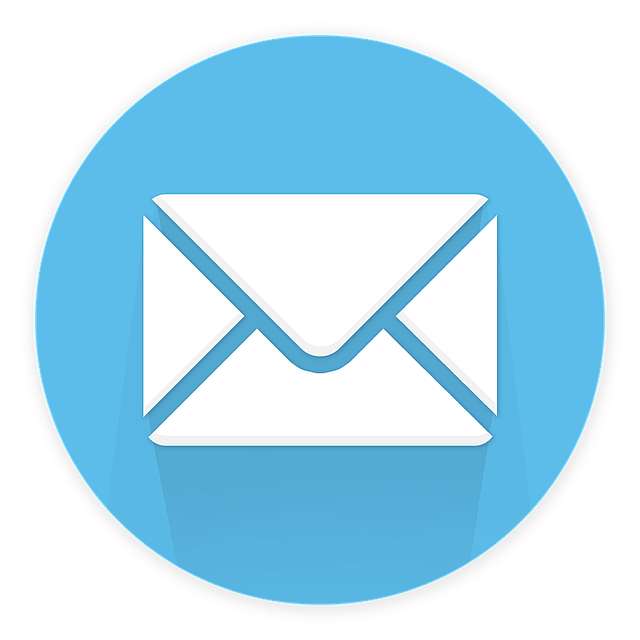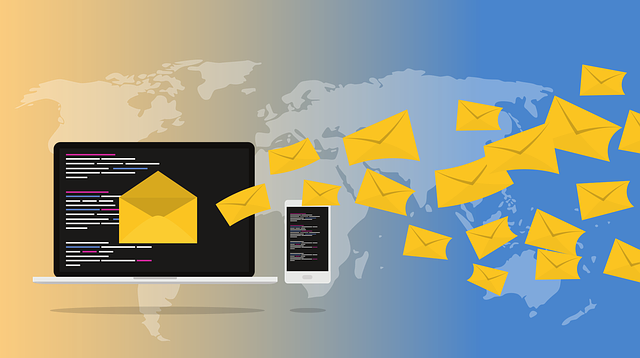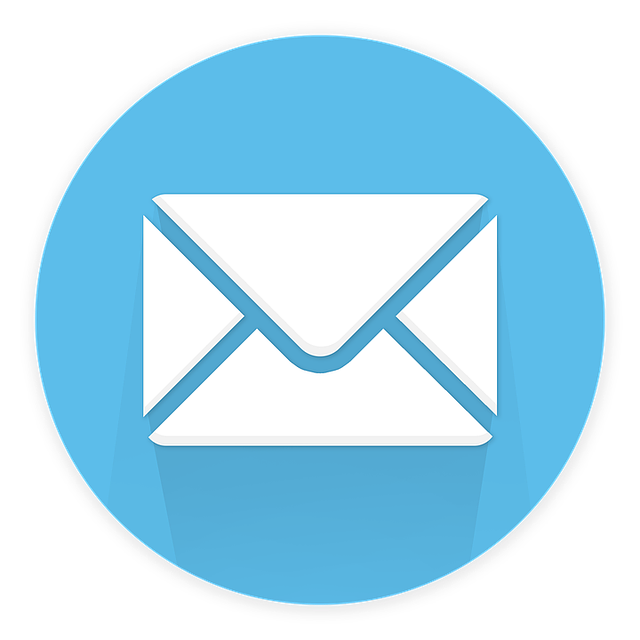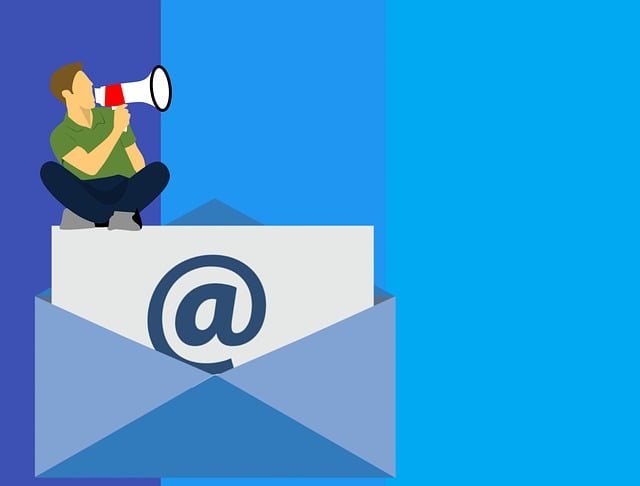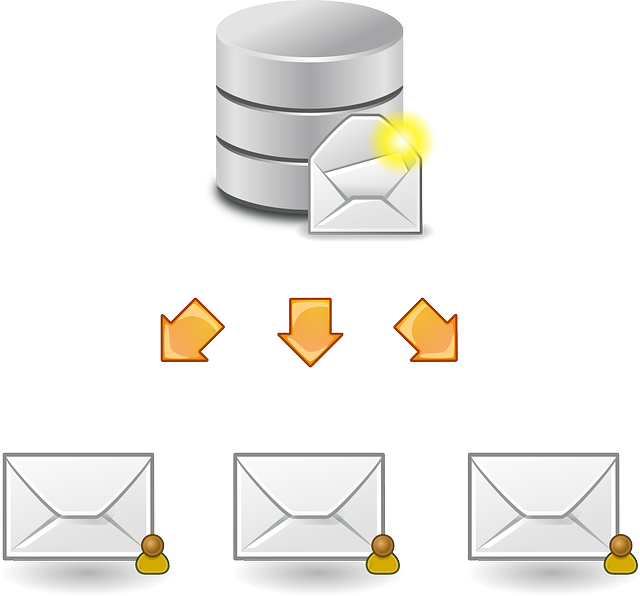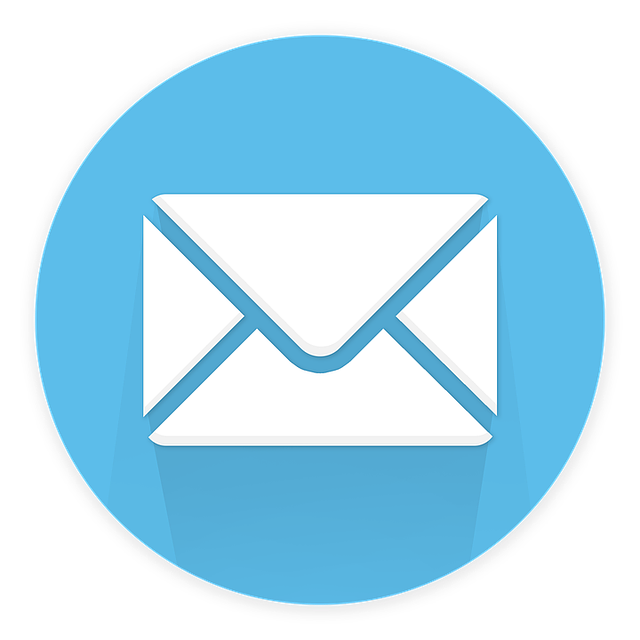Imagine you are a master chef, creating a delectable dish that will leave your guests begging for more. Each ingredient is carefully selected and combined to create a mouthwatering symphony of flavors.
In the same way, crafting compelling emails for content promotion in email marketing requires the perfect blend of strategy and creativity.
Just like a chef understands their diners’ preferences, you must first understand your target audience. Who are they? What are their interests and pain points? Armed with this knowledge, you can then craft an attention-grabbing subject line that entices your readers to open your email.
But don’t stop there. Personalization is the secret ingredient that adds a touch of intimacy and connection to your emails. Addressing your readers by name and tailoring your content to their specific needs will make them feel seen and valued.
And of course, the content itself must be irresistible. Compelling storytelling, engaging visuals, and valuable insights will keep your readers glued to their screens.
To ensure your emails have the desired impact, include a clear call to action that prompts your readers to take the next step. And don’t forget to test and analyze your email performance, using data to refine and optimize your approach.
So, put on your chef’s hat and get ready to whip up some irresistible emails that will take your content promotion to new heights. Let’s dive in!
Key Takeaways
- Crafting compelling emails requires strategy, creativity, and a deep understanding of the target audience.
- Personalization adds intimacy and connection to emails, increasing engagement and relevance.
- Engaging visuals, valuable insights, and compelling storytelling keep readers interested and engaged.
- Clear call to action prompts readers to take the next step and increases the chances of conversion.
Understand Your Target Audience
Before hitting send on your next email promotion, make sure you understand who your target audience is and what they want, so you can craft a compelling message that resonates with them.
Understanding customer preferences is crucial for effective content promotion in email marketing. Take the time to conduct market research and gather insights about your audience’s needs and desires. This will help you tailor your emails to their specific interests, increasing the chances of engagement and conversion.
By understanding your target audience, you can create content that speaks directly to them, addressing their pain points and offering valuable solutions.
Now that you have a clear understanding of your audience, it’s time to craft an attention-grabbing subject line that entices them to open your email and delve into the valuable content you have to offer.
Craft an Attention-Grabbing Subject Line
Crafting an attention-grabbing subject line is like unleashing a lightning bolt that electrifies your readers’ curiosity. It’s the first thing they see when your email lands in their inbox, and it’s your chance to make a lasting impression.
To optimize your subject line and increase open rates, consider these three email copywriting techniques:
-
Keep it short and sweet: Long subject lines get cut off on mobile devices, so aim for around 40-50 characters. Be concise and to the point.
-
Use compelling language: Capture your readers’ attention with powerful words that evoke emotion or curiosity. Think about the benefits or value your content provides and highlight it in the subject line.
-
Create a sense of urgency: Encourage immediate action by incorporating words like ‘limited time offer’ or ‘exclusive invitation.’ This creates a fear of missing out and compels readers to open your email.
Crafting an attention-grabbing subject line is just the first step in creating an email that resonates with your audience. Personalize your emails to strengthen the connection and make them feel valued.
Personalize Your Emails
When it comes to personalizing your emails, using the recipient’s name in the greeting is a simple yet effective way to grab their attention right from the start. It adds a personal touch and shows that you value their individuality.
Additionally, segmenting your email list allows you to tailor your messaging to specific groups of recipients based on their interests, preferences, or behaviors. This targeted approach increases the chances of engagement and conversion, as you’re delivering content that resonates with each recipient on a deeper level.
So, don’t underestimate the power of personalization and segmentation in email marketing!
Use the recipient’s name in the greeting
Using the recipient’s name in the greeting establishes a personal connection, making them feel valued and increasing the likelihood of engagement. Personalization tactics are crucial in email marketing as they help you stand out in a crowded inbox. By addressing the recipient by their name, you show that you’ve taken the time to know them, which builds trust and rapport.
People are more likely to pay attention to an email that feels like it was written specifically for them. Moreover, using the recipient’s name creates a sense of exclusivity and importance, making them more likely to open and read your email. Incorporating this simple personalization tactic can significantly improve your email open rates and click-through rates.
Now, let’s move on to the next step: segment your email list for more targeted messaging.
Segment your email list for more targeted messaging
Segmenting your email list allows you to tailor your messaging to specific groups of recipients, such as loyal customers, new subscribers, or those who have shown interest in a particular product or service. This email segmentation benefits your content promotion strategy by increasing relevance and engagement. By sending targeted messages, you can speak directly to your audience’s needs and interests, increasing the chances of them taking action. It’s like having a personal conversation with each individual, making them feel valued and understood. Take a look at the table below to see the impact of email segmentation on open rates, click-through rates, and conversions.
| Segment | Open Rate | Click-Through Rate | Conversion Rate |
|---|---|---|---|
| Non-Segmented | 10% | 2% | 0.5% |
| Segmented | 20% | 5% | 1.5% |
As you can see, targeted messaging strategies result in significantly higher engagement and conversion rates. So, now that you understand the power of segmentation, let’s move on to how you can create compelling email content that will captivate your audience.
Create Compelling Email Content
Crafting captivating email content is essential to engage your audience and drive successful content promotion campaigns.
When it comes to email design, make sure your layout is visually appealing and easy to navigate. Use eye-catching images and include white space to avoid overwhelming your readers.
Additionally, your email copywriting should be persuasive and concise. Grab the reader’s attention with a compelling subject line and a personalized greeting. Write concise and informative paragraphs, using bullet points or numbered lists to break up the text.
Incorporate storytelling techniques to create a connection with your audience.
Lastly, include a clear call to action that entices your readers to take the desired action, such as clicking a link or making a purchase.
By following these guidelines, you can create compelling email content that drives results.
Now, let’s explore how to include a clear call to action in your emails.
Include a Clear Call to Action
Now that you’ve mastered the art of creating compelling email content, it’s time to take it a step further and include a clear call to action. The call to action is the driving force behind your email marketing campaign, urging your audience to take a specific action.
To make your call to action effective, you need to focus on two key elements: effective email design and persuasive copywriting. When it comes to email design, keep it clean and visually appealing. Use eye-catching graphics and colors that align with your brand.
Next, your copy should be concise and persuasive, guiding your readers towards the desired action. Incorporate urgency and excitement in your language to make your call to action irresistible. To make it even more engaging, consider using a bullet list to highlight the benefits or features of your offer. This allows your audience to quickly scan the information and understand why they should take action.
Now that you have mastered the art of writing compelling emails, it’s time to test and analyze your email performance.
Test and Analyze Your Email Performance
To make sure your email marketing strategy is effective, it’s crucial to continuously test and analyze your email performance.
A/B testing different elements of your emails, such as subject lines, CTAs, and email designs, allows you to determine what resonates best with your audience.
By monitoring open rates, click-through rates, and conversions, you can gain valuable insights and optimize your strategy for better results.
Don’t underestimate the power of testing and analyzing – it’s the key to improving your email marketing success.
A/B test different elements of your emails
Experimenting with various elements in your emails can lead to more engaging content and higher conversion rates. To optimize your email marketing strategy, consider A/B testing different elements to see what resonates best with your audience.
Here are five elements you can experiment with:
-
Email design: Test different layouts, colors, and fonts to find the design that captures attention and reflects your brand.
-
Email timing: Experiment with sending emails at different times of the day or week to determine when your audience is most responsive.
-
Subject lines: Test different subject lines to see which ones generate higher open rates.
-
Call-to-action: Try different wording, placement, and design for your call-to-action buttons to encourage more clicks.
-
Personalization: Test personalizing your emails with recipient names or other relevant information to see if it increases engagement.
By monitoring open rates, click-through rates, and conversions, you can optimize your strategy and create even more compelling emails for content promotion.
Monitor open rates, click-through rates, and conversions to optimize your strategy
Maximize the impact of your email campaigns by closely tracking open rates, click-through rates, and conversions. This will allow you to fine-tune your strategy and captivate your audience even more effectively. Monitoring these key metrics is crucial for optimizing your email marketing efforts.
Start by analyzing open rates to gauge the effectiveness of your subject lines and preview text. Experiment with different email designs and layouts to see which ones generate higher click-through rates. Test various calls-to-action and content placements to improve conversions.
Additionally, pay attention to email deliverability to ensure that your emails are reaching your subscribers’ inboxes.
By continuously monitoring and analyzing these metrics, you can make data-driven decisions that will enhance your email campaigns, increase engagement, and drive better results.
Frequently Asked Questions
How can I determine the ideal target audience for my email marketing campaign?
Are you struggling to determine the ideal target audience for your email marketing campaign? Don’t worry, I’ve got you covered.
The key to finding your perfect audience lies in audience segmentation. By dividing your audience into specific groups based on demographics, interests, and behaviors, you can tailor your email content to their unique needs and preferences.
This will not only increase the effectiveness of your campaign but also ensure that you’re reaching the right people with the right message.
Get ready to see your email marketing soar to new heights!
What are some effective strategies for creating attention-grabbing subject lines?
To create attention-grabbing subject lines, use catchy hooks and attention-grabbing phrases. Start by understanding your audience’s pain points or desires, and then craft subject lines that address them directly.
For example, ‘Unlock the Secrets to [Desired Outcome]’ or ‘Don’t Miss Out on [Exciting Opportunity]’ can pique curiosity and entice recipients to open your email.
Experiment with personalization, urgency, and curiosity to make your subject lines stand out and compel readers to click.
How can I personalize my emails to make them more engaging for recipients?
To make your emails more engaging, use personalization techniques and engaging email templates.
Start by addressing recipients by their name and referencing their previous interactions or purchases.
Tailor the content to their interests and needs, showcasing how your product or service can benefit them specifically.
Use compelling subject lines that grab attention and create a sense of urgency.
Incorporate eye-catching visuals and interactive elements to keep readers hooked.
Remember, the key is to make each recipient feel special and valued.
What are some key elements to include in compelling email content that will drive conversions?
To drive conversions, your compelling email content should include visually appealing email design that captures attention.
Use email segmentation to personalize your message, ensuring it resonates with each recipient.
Craft persuasive subject lines that create an irresistible urge to click.
Deliver concise and engaging copy that highlights the value of your content.
Incorporate a call-to-action that is clear and compelling, guiding recipients towards the desired conversion.
By implementing these key elements, you’ll increase your chances of driving conversions through your email marketing efforts.
What are some best practices for testing and analyzing the performance of my email campaigns?
To effectively measure the performance of your email campaigns, focus on email campaign metrics and A/B testing.
By analyzing open rates, click-through rates, and conversion rates, you can gain valuable insights into what resonates with your audience.
A/B testing allows you to experiment with different subject lines, content, and calls-to-action, helping you optimize your campaigns for maximum impact.
By continually testing and analyzing, you can refine your email marketing strategy and drive better results.
Conclusion
Congratulations on completing this article on how to write compelling emails for content promotion in email marketing!
By understanding your target audience, crafting attention-grabbing subject lines, personalizing your emails, creating compelling content, and including a clear call to action, you have equipped yourself with the tools needed to succeed in email marketing.
Just like a skilled architect carefully constructs a blueprint, you’ve now built a strong foundation for effective email campaigns.
Remember to test and analyze your email performance, refining your approach to achieve even greater success.
Now, go forth and watch your email marketing soar to new heights!

